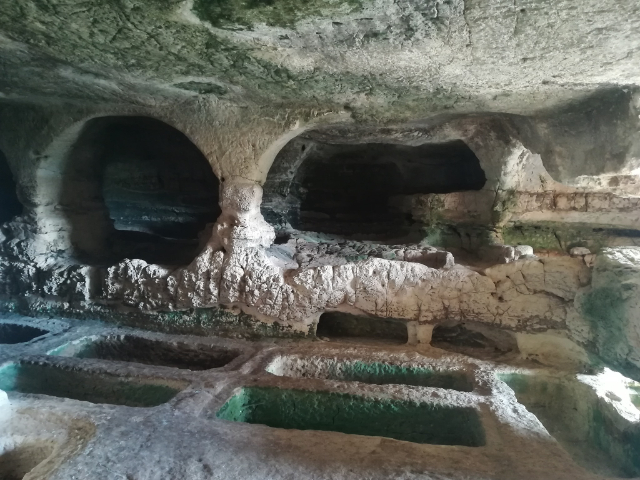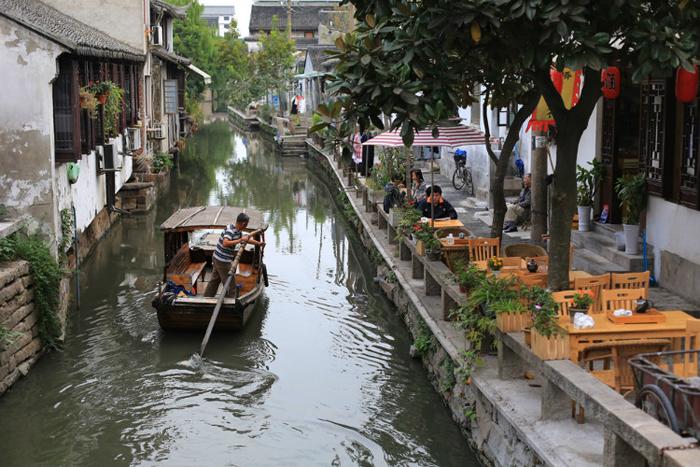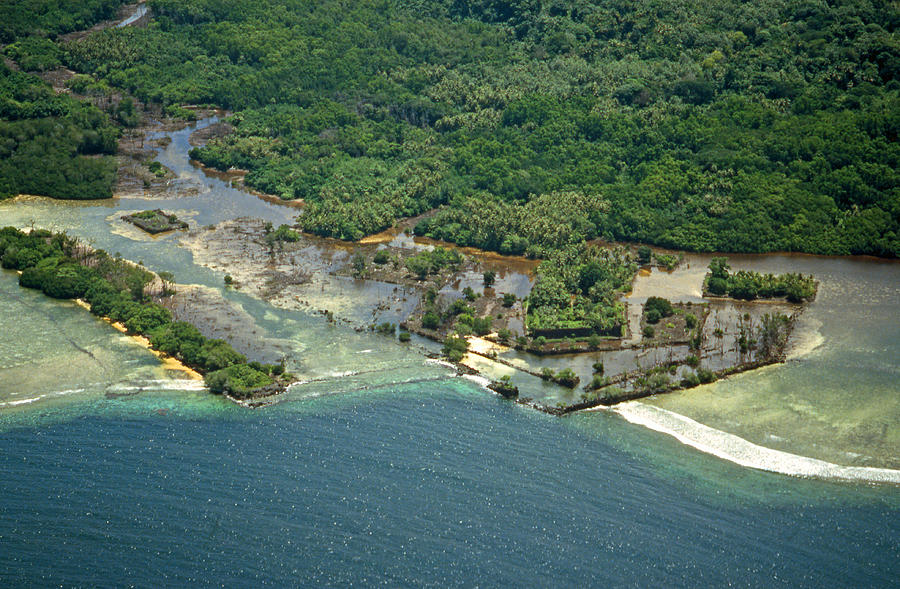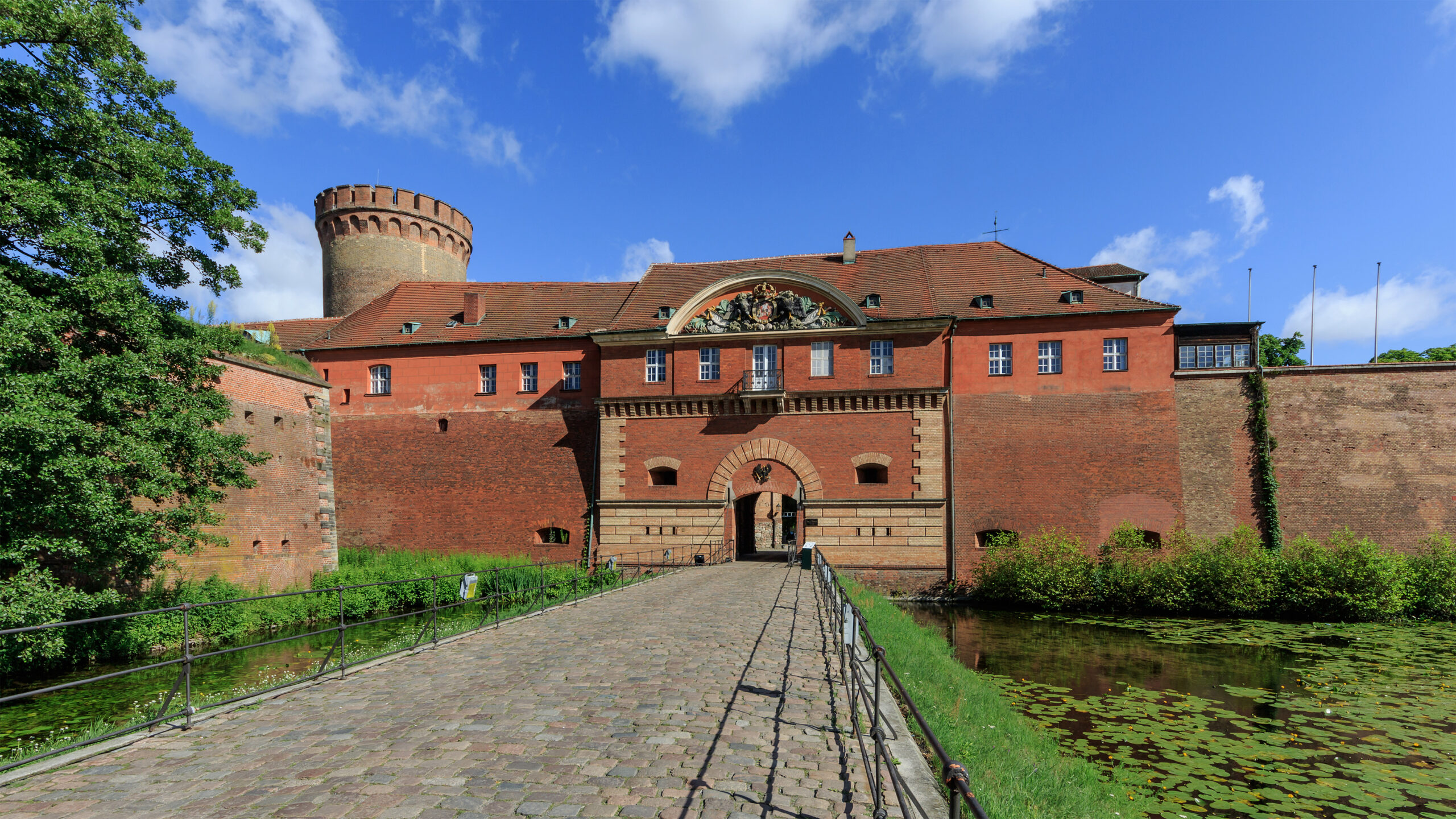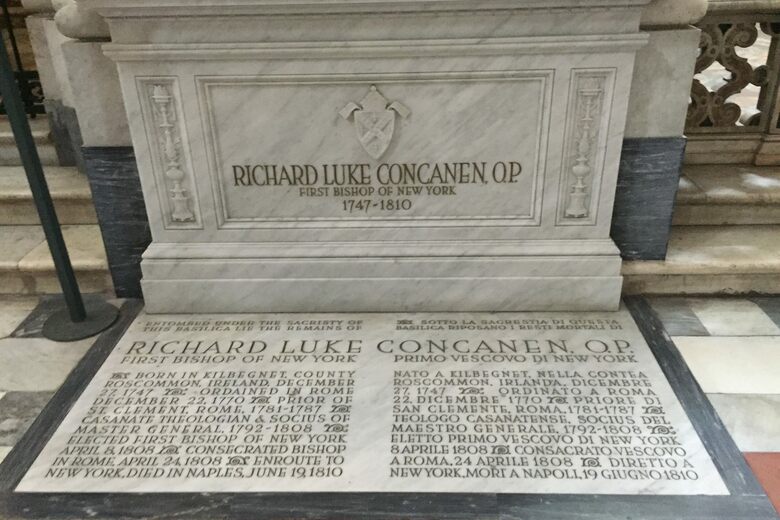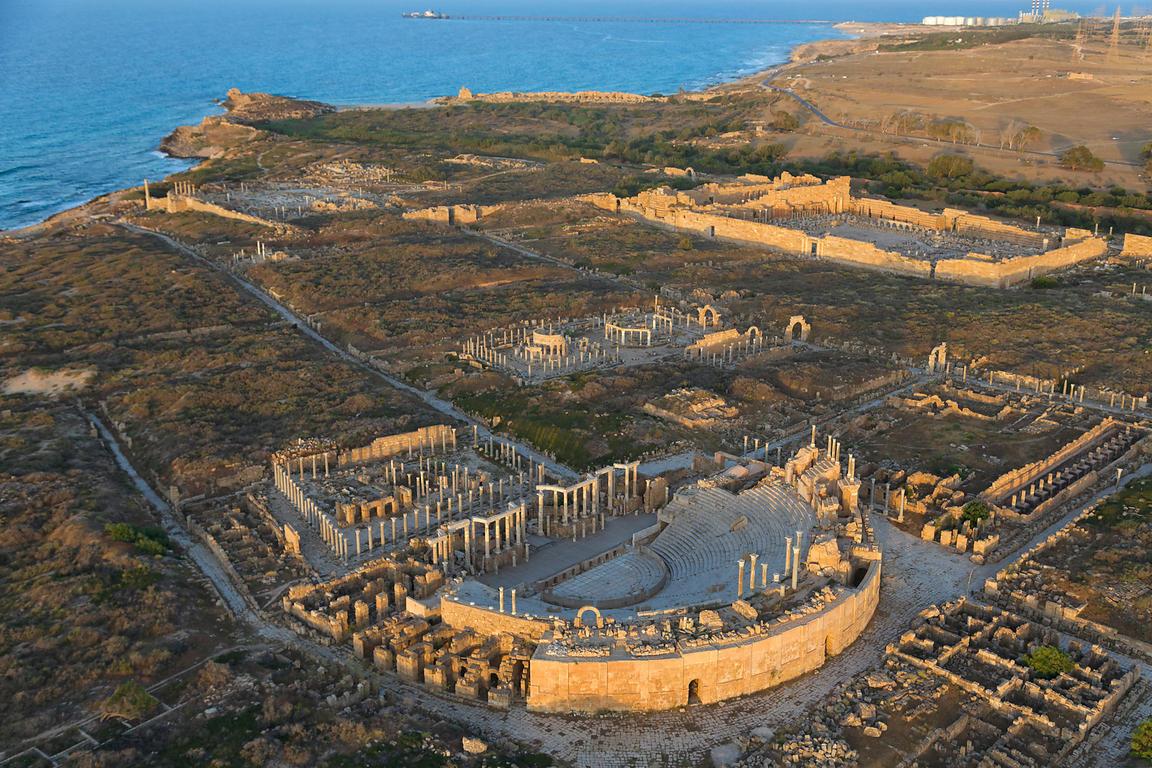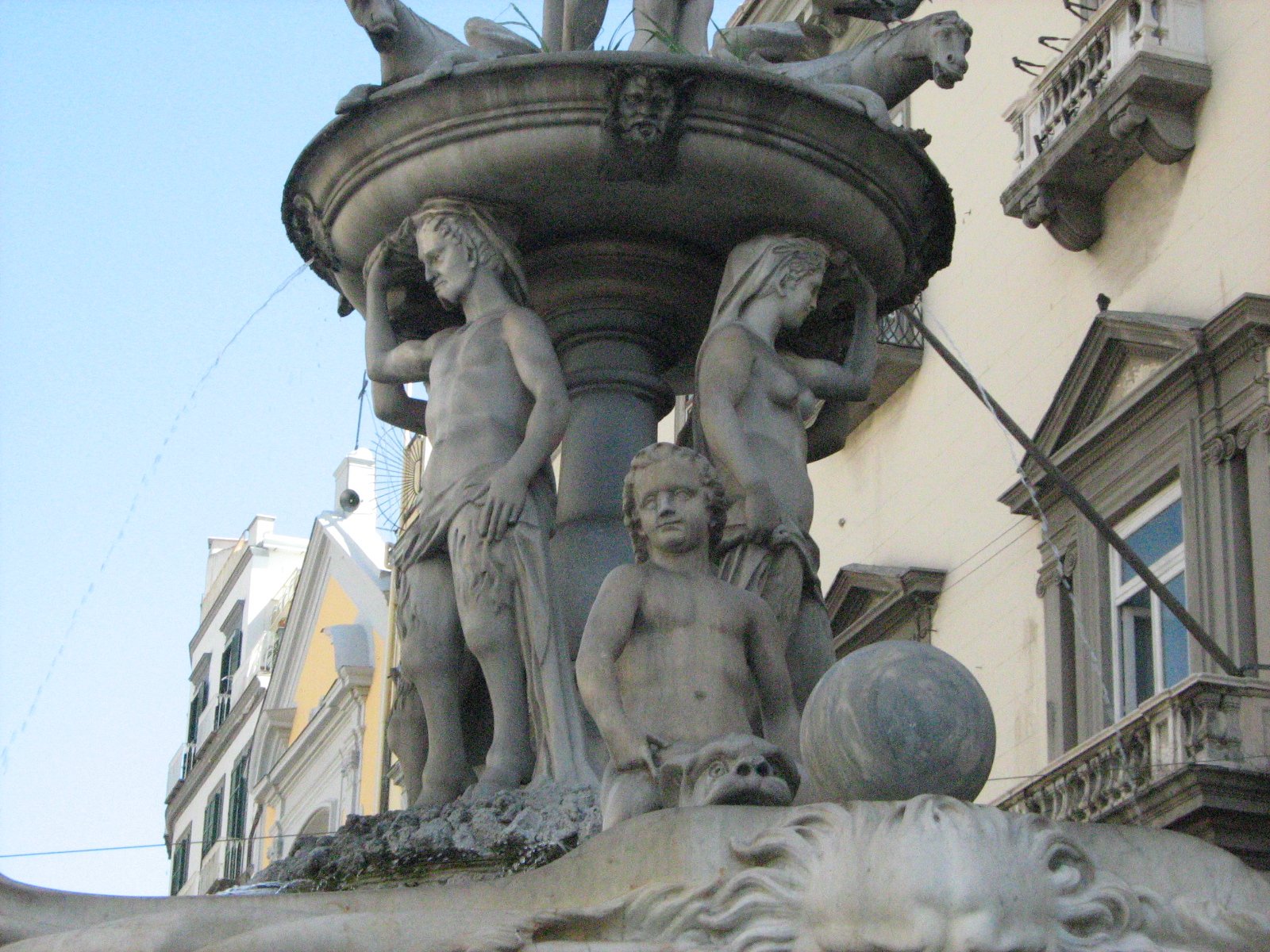Grotta delle Trabacche, located on the limestone plateaus of the Iblei Mountains, is a small catacomb of great historical importance. It dates back to the 4th century AD and is one of the largest and most monumental caves in the province of Ragusa. Its beauty and importance have already been recognized by Jean Houl, a traveler and artist of the "Grand Tour" era, who described and drew it in his volumes of the "Voyage Pittoresque" entitled "Isles de Sicilie, de Malte et de Lipari," published between 1782 and 1787.The Cave of the Trabacche represents significant evidence of the funerary architecture of the period, and consists of a hypogeum comprising two large adjoining chambers. Inside the hypogeum, there are two monumental main canopied sarcophagi, carved into the rock, which dominate the center of the chamber. These sarcophagi are adorned with a series of columns also carved into the rock. Along the walls of the cave are other cavities with arcosolium tombs. Some tombs are positioned below the floor level and are fully visible.Unfortunately, no traces of frescoes remain inside the hypogeum, but the light that penetrates from the oculus positioned approximately in the center of the cave creates an atmospheric atmosphere. Recently, the site has gained notoriety due to its appearance in an episode of the well-known television drama "Il Commissario Montalbano."The Grotta delle Trabacche thus represents not only a site of great archaeological and historical interest, but also a fascinating place that has attracted the attention of the general public through its presence in popular culture. Its visit offers the opportunity to immerse oneself in the history and funerary architecture of antiquity, appreciating the majesty and beauty of this unique place in the province of Ragusa.
